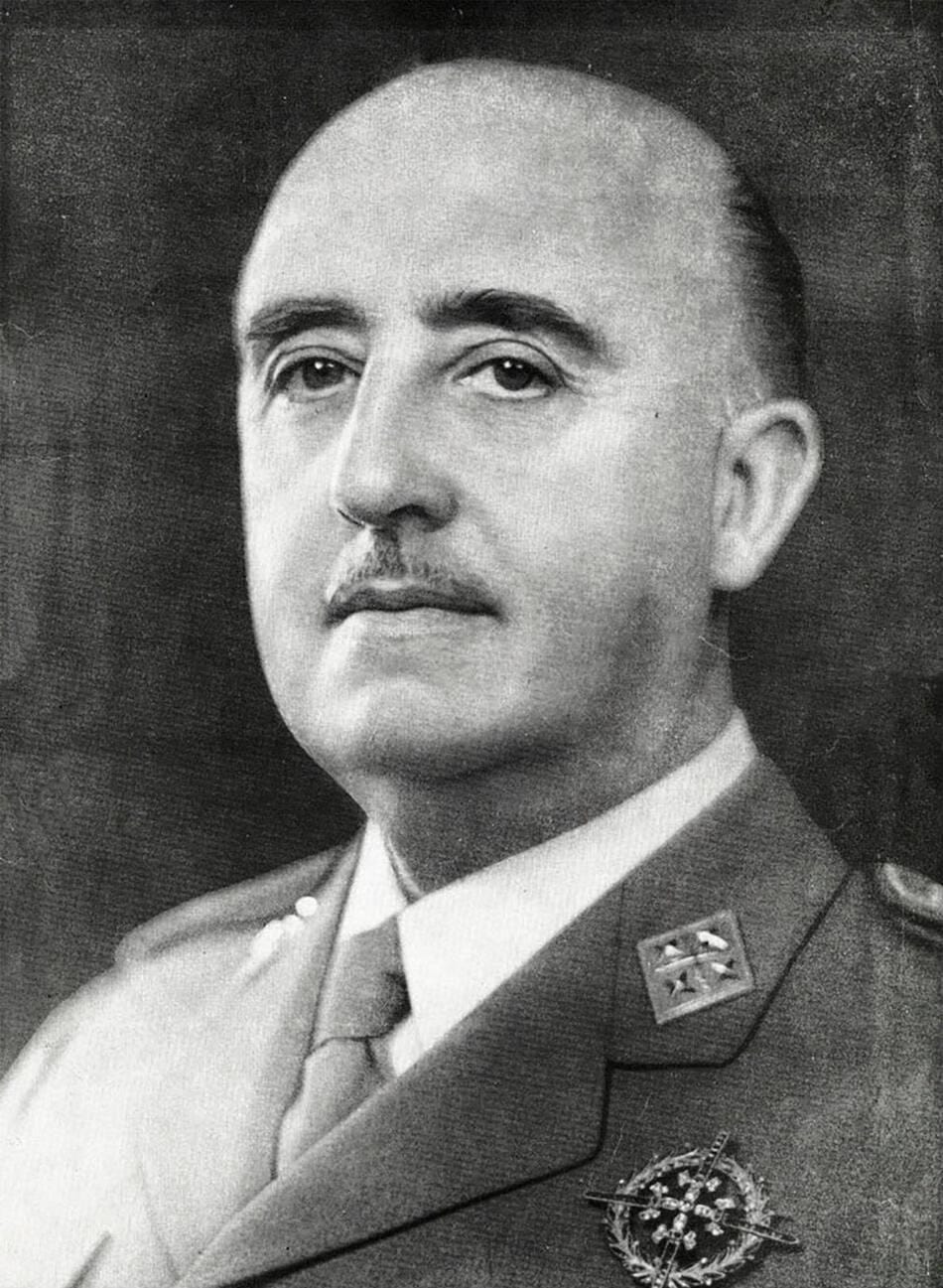While many people deplore fascism, how many have actually been to a fascist country? I have, when I was sixteen and visiting Spain for the first time. This was in 1975, at which point Spain had been a fascist regime for 36 years—39 if you count Francisco Franco’s de facto rule during the Spanish Civil War. Franco, a military commander who reached the rank of brigadier general at 33, consolidated power with brutal force: rape, torture and summary executions were favored methods. The Red Terror, during which 100,000 to 200,000 Spaniards were murdered by nationalist forces under Franco’s command, began in 1936 and ended in 1948, outlasting the end of the Civil War by nine years.
Like all fascist dictators, Franco solidified his power by co-opting his country’s elites: the aristocracy, the Catholic Church, and industrialists. All prospered, particularly major companies like SEAT, the Spanish car manufacturer. By the 1960s, Franco had launched an economic miracle second only to Japan’s: thanks to low corporate tax rates, foreign investment, and the remittances of republican Spaniards who had escaped to France and South America, the country had double-digit growth and a growing tourism industry. The nightmare of the Civil War had receded with the passing years, particularly since the Franco regime hid the evidence of its murders and silenced all dissent.
As a teenager whose three years of Spanish language study had included history, I was aware of the Civil War and Franco’s path to dictatorship. But my real education in fascism began in Madrid, as my group of two hundred high school students and chaperones made its way from the airport in a parade of buses. On a freeway overpass, a guide pointed out the laundry on balconies on the far side of the building, while the side facing the freeway was laundry-free. This wasn’t random: there were laws about when laundry could be hung outside, enforced by the police. Why? Franco had decreed the sight of clotheslines unacceptable, and on days he was passing no one could hang their clothes outside at all.
That aspect of fascism is often overlooked: the injection of the state into every aspect of human life, however personal or petty. In Spain, where divorce, contraception and abortion were outlawed, the custom of naming girls Maria and boys José became the rule because Franco preferred it. The famously late dinner times of Spaniards were less custom than necessity, since in 1940 Franco had the clocks set to Central European time to please Hitler. People went to work in darkness and ate dinner at 10pm or later.
As we traveled around Spain, I saw young nuns everywhere: convents offered both refuge and careers for women who had few options under Franco. The streets were heavily patrolled by the Guardia Civíl—Franco’s feared military police—about whom we were warned repeatedly. In Málaga, we learned that walking on the beach after dark was a crime. People who violated the law were dragged to jail, where beatings by the Guardia were common.
One day we visited the birthplace of Santa Teresa, whom I admired for her gutsiness. (When leaving her despised hometown—where she was bullied—for good, she famously stopped beyond its walls to wipe the dust of Ávila off her shoes.) I also loved her writings, which I saw in the original in the Escorial; her penmanship was so good that I could read every word. Generalissimo Franco famously loved Santa Teresa de Ávila too, so much so that he always carried a relic—her hand—with him for luck. This fetish was rumored but not confirmed until after Franco’s death, an event which came only four months after my trip.
When I returned to Spain the following summer, the country was much freer. The monarchy was restored, along with a multi-party parliament, and the Guardia Civíl disbanded. I saw fewer young nuns, though the young people I met were overtly religious, naive, and immature compared with other Europeans. Walking on the beach at night was probably decriminalized, but I didn’t risk it.
Spain was now a constitutional democracy, yet Franco Era provincialism and insularity lived on. More than thirty years after Franco’s death, a government minister greeted foreign conference attendees by saying, “Thank you for coming all the way from Europe to Iberia”. Though widely mocked by the Spanish public, his words were telling. In visits over the past three decades, I’ve yet to meet any Spaniard born before 1970 who speaks English with any degree of proficiency, since the language was not taught in Franco’s time. Domestic travel outside one’s region was still uncommon as late as the early 2000s. On that trip my Madrid friends treated northern Spain like a foreign hinterland, laughing at Basque signs whose pronunciation they could only guess at. And despite known health problems caused by the mismatch between the sun and the clock, Spain remains on German time, an hour ahead of neighboring Portugal.
Though I am proficient in Spanish, no Spaniard who lived through that time has ever spoken of the Franco years to me. Their silence, born of fear, exhaustion and pain, is another consequence of fascism. Spain took decades to deal with its past, pulling down its last statue of Franco in 2005 and not initiating searches for the mass graves of his executed victims until 2008.
And what of the fascist movement in my own country? So far, Trump lacks the popular support to become a dictator, to say nothing of Franco’s military rank and medals. His decrepitude is another factor: like Franco in the 70s, Trump’s days on earth are numbered. Though I have no doubt that the United States will survive the Trump era, I also believe that his influence, like Franco’s, will linger long after he is dust. I just hope it doesn’t take America forty years to erase his legacy.




